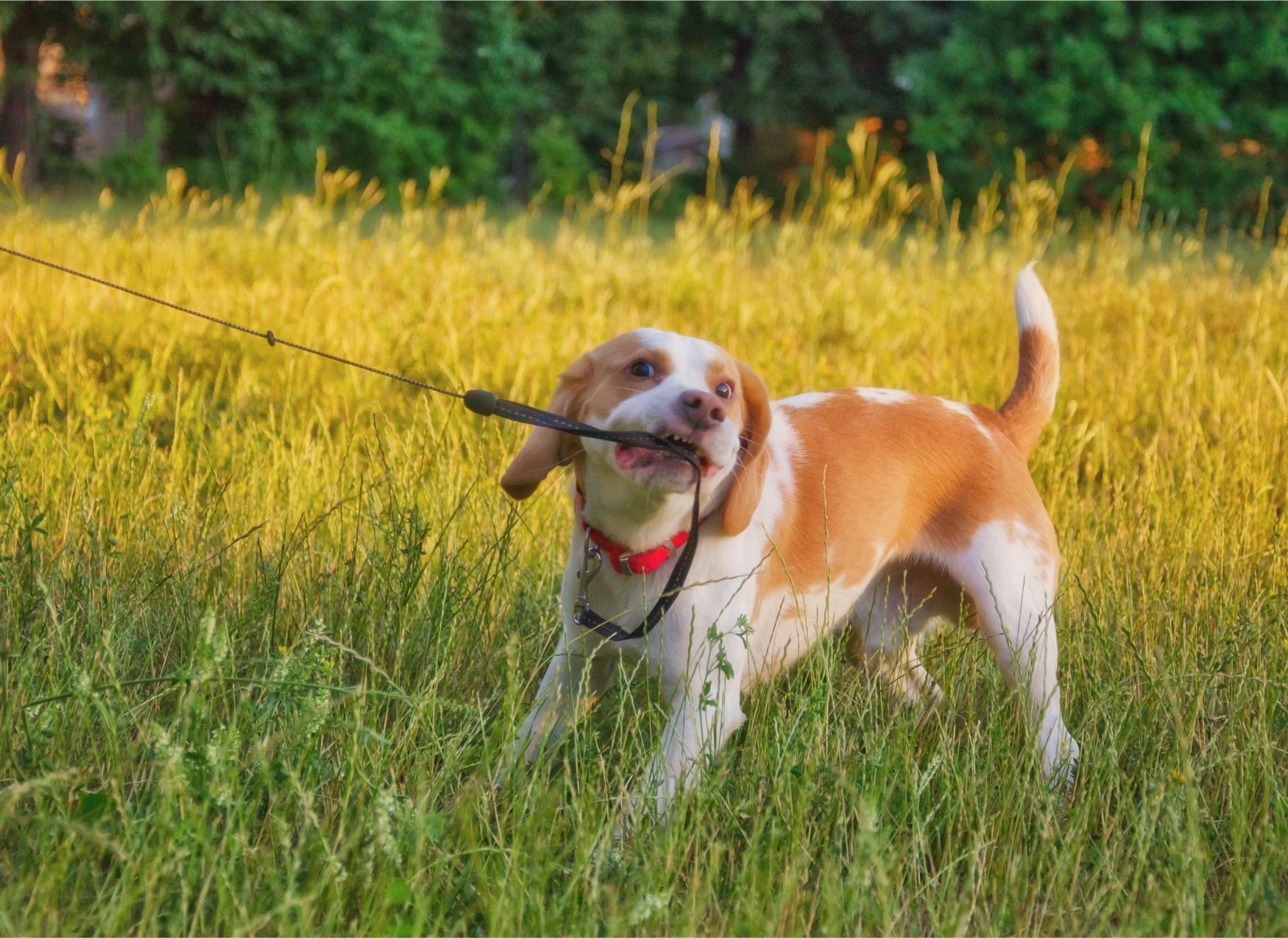Managing Leash Reactivity in Dogs

Daily walks should be the highlight of your dog’s day—but if your pup pulls, lunges, or barks every time another dog walks by, it can turn a peaceful stroll into a stressful ordeal. This behavior, known as leash reactivity, is more common than you might think. At All Critters Veterinary Hospital, we understand how frustrating and confusing leash reactivity can be, and we’re here to help you find calm, confident solutions for you and your dog.
What Is Leash Reactivity?
Leash reactivity happens when a dog becomes overly stimulated or upset by specific triggers—usually other dogs, people, or moving objects—while on a leash. Unlike off-leash interactions, which allow for more freedom and body language, being tethered can create a sense of frustration, fear, or even territorial behavior.
Some common signs of leash reactivity include:
- Barking, growling, or whining
- Lunging or pulling on the leash
- Intense staring or “locking on” to a trigger
- Pacing or spinning in place
While leash reactivity can look aggressive, it’s often driven by fear or overexcitement. Understanding the why behind your dog’s outbursts is key to managing the behavior.
What Causes Leash Reactivity?
Several factors may contribute to leash reactivity in dogs:
- Lack of early socialization: Dogs that weren’t exposed to a variety of people, dogs, or environments as puppies may feel uncertain or overwhelmed.
- Fear or past trauma: A bad experience with another dog on a walk could lead to fear-based reactivity.
- Frustration: Some dogs simply want to greet every new friend they see—and when they can’t, they act out.
- Owner tension: Dogs are great at picking up on our emotions. If you tense up every time another dog approaches, your dog may interpret it as a threat.
Understanding the root cause helps guide the best pet behavior training approach.
Dog Walking Tips for Reactive Dogs
While there’s no one-size-fits-all fix, these dog walking tips can help reduce reactivity and make your walks more enjoyable:
- Pick quiet routes: Avoid crowded sidewalks or busy parks while your dog is learning.
- Use the right gear: A front-clip harness or head halter gives you better control and can reduce pulling.
- Watch body language: If you see your dog tense, redirect their attention with treats or a favorite toy before they react.
- Stay calm and positive: Your energy matters. Reward calm behavior consistently and avoid punishment-based corrections.
These simple strategies go a long way in creating safer, more enjoyable walks. Every small success helps rebuild your dog’s trust and confidence.
How Pet Behavior Training Can Help
Sometimes, the most effective way to manage leash reactivity in dogs is with professional support. Pet behavior training works to change your dog’s emotional response to their triggers through positive reinforcement and gradual exposure. This process is often called desensitization and counterconditioning.
Working with a trainer can help you:
- Identify triggers and patterns
- Create a structured training plan
- Learn techniques to redirect attention
- Prevent escalation and injury
Every dog is different, and having guidance tailored to your dog’s needs can make a major difference.
When to Seek Vet Behavior Support
If your dog’s reactivity feels overwhelming or dangerous, or you’re not seeing progress with at-home techniques, it’s time to talk with your veterinarian. Vet behavior support may include:
- Ruling out medical causes of reactivity
- Medication to reduce anxiety, if appropriate
- Referral to a behaviorist or certified trainer
Our team takes a compassionate, judgment-free approach to behavior concerns and will work with you to create a plan that supports both your dog’s mental health and your peace of mind.
A Walk You Can Both Enjoy
Leash reactivity can be tough to manage, and many pet parents search for effective reactive dog help without knowing where to begin. Understanding your dog’s triggers and responses is the first step toward calmer, more enjoyable walks. If you have concerns about your dog’s health, behavior changes, or overall wellness, our team is always here to help. Call us at (614) 305-2085 to schedule an appointment or speak with a member of our caring staff.
